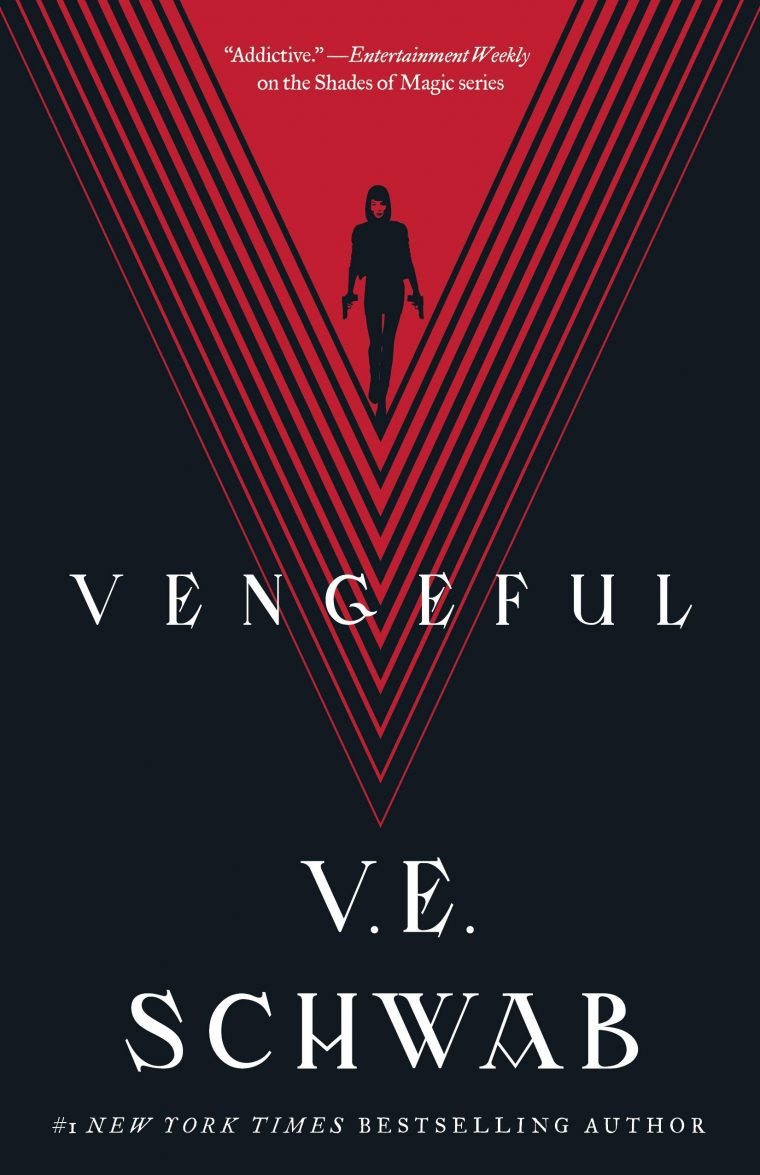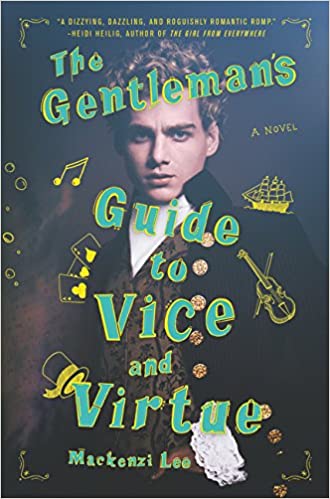Books | Scene
Non-apocalyptic, fantasy-esque books to fuel your escapist reading during quarantine
It’s been a long time since Washington University closed its campus due to coronavirus. We are closer to the end of our online partial semester than to its beginning. Between homework, Zoom classes and helping out my family, there isn’t too much time, but I’ve decided to spend that time reading. A lot of my reading list is fantasy or otherwise magical, but, as I’ve discovered in the last couple of weeks, a lot of those books have apocalyptic, end-of-the-world stakes, and I’m struggling to find the escapism I usually see in them. In case you, like me, want to spend some quality time with a book this quarantine but don’t really want to be reminded of the current global situation, here are some fantasy-esque books that have absolutely nothing to do with the apocalypse or any other possible world-ending scenario.
Disclaimer: These are not high fantasy books. There’s no “Song of Ice and Fire” equivalent here. No “Lord of the Rings.” If you thought it was hard to find non-apocalyptic fantasy, it seems to be nearly impossible to find non-apocalyptic high fantasy.
“Vicious/Vengeful” by V.E. Schwab
Superheroes, but morally questionable. A concept I’ve heard so many times as being boring, but really, “Vicious” does it well. Here, superheroes aren’t heroes. They’re ExtraOrdinary, EO for short, and they’re dangerous. None more so than Victor and his best friend Eli, who find a way to make themselves EOs: by surviving a near-death experience. But that experience ends with a girl dead and Victor in jail. Victor, whose ability is causing others pain, hunts Eli, whose ability is Wolverine-style immortality, down with a vengeance. “Vicious” and its sequel “Vengeful” are a weird balance of revenge narrative with mildly gratuitous violence and found family story (Victor; his prison cellmate Mitch; Sydney, the abandoned preteen they care for; and the dog Sydney keeps resurrecting). I couldn’t put either book down.

“Carry On” by Rainbow Rowell
Did you like “Harry Potter”? Did you wish it was gayer? Look no further than “Carry On.” It’s got all the fantasy trappings: dragons, vampires, goblins, a Chosen One. It has a great love story (I read this book three years ago and am still not over how good this love story was), an amazing plot (I won’t spoil it, but when you find out the villains’ true identities, you’ll be furious) and a deep dive into what it means to be the Chosen One to save the wizarding world when you kind of suck at magic. To clarify—that’s to save magic, not the world, or it wouldn’t be on this list. Does it read like a “Harry Potter” spoof? Yes, and it’s supposed to. The book was born out of Rowell’s previous book, “Fangirl,” which was essentially a love letter to fanfiction. “Carry On,” as a result, is engaging and easy to read—it took me nearly 10 hours start to finish, and I barely noticed the time passing.

“The Dark Descent of Elizabeth Frankenstein” by Kiersten White
I think, technically, this is horror. But it’s also a really good book, so it stays on the list. “Elizabeth Frankenstein” is a new take on Mary Shelley’s classic, looking at the events of “Frankenstein” through the eyes of the doctor’s wife. It’s an often-disturbing tale of how Elizabeth navigates Victor’s manipulations and comes to realize that what she had viewed as protecting Victor from himself was something much different, and that the love he professes to have for her is really a twisted desire for control. The book is high-stakes, but only for Elizabeth, Victor and Victor’s monster. It’s not a long book, either—I read it in one sitting on my flight back to St. Louis last winter.

“A Gentleman’s Guide to Vice and Virtue” by Mackenzie Lee
Again, is this book really fantasy? There’s magic and some successful alchemy, so I’m saying yes, but it’s really such a minor part of the story that it barely counts. The main narrative is a road trip—to be more specific, a Grand Tour of Europe sometime around 1720. Monty, the main character and by all rights a disaster, is taking one last trip with his best friend Percy (the romance arc between them is the focus of a majority of the book) and his younger sister Felicity (my hero, and the main character of the sequel, “A Lady’s Guide to Petticoats and Piracy”) before they part ways due to responsibilities/law school/finishing school. But things go awry rather quickly, and they end up running for their lives across the European continent, fending off alchemists, pirates and power-hungry nobles along the way. There are no words to express my love of this book. Do yourself a favor and read it.

“All the Crooked Saints” by Maggie Stiefvater
I’ll be honest here—this article was written solely to convince you to read this book. “All the Crooked Saints” is weird. There isn’t really a plot; the book exists to watch its characters grow. That, and to have beautiful prose. Stiefvater’s prose never fails to amaze me, even if I’m not sold on the rest of the book. And I am very sold on “All the Crooked Saints.” It tells the story of Bicho Raro, Colorado—the place pilgrims go for a miracle—and the Sorias, the family that performs them. But miracles don’t work quite like you think. They come in two parts, the first performed by the Sorias and the second by the pilgrims themselves. And the first part isn’t an immediate fix. It is the revealing of a problem, which the pilgrim must solve. For Tony, who grows to gigantic size, it’s that he’s tired of being overlooked. For Marisita, who is under a permanent rain cloud, it’s a little more complicated. The best time to read “All the Crooked Saints” is when you need to discover something positive in life and in yourself. I can think of no better time than now.

